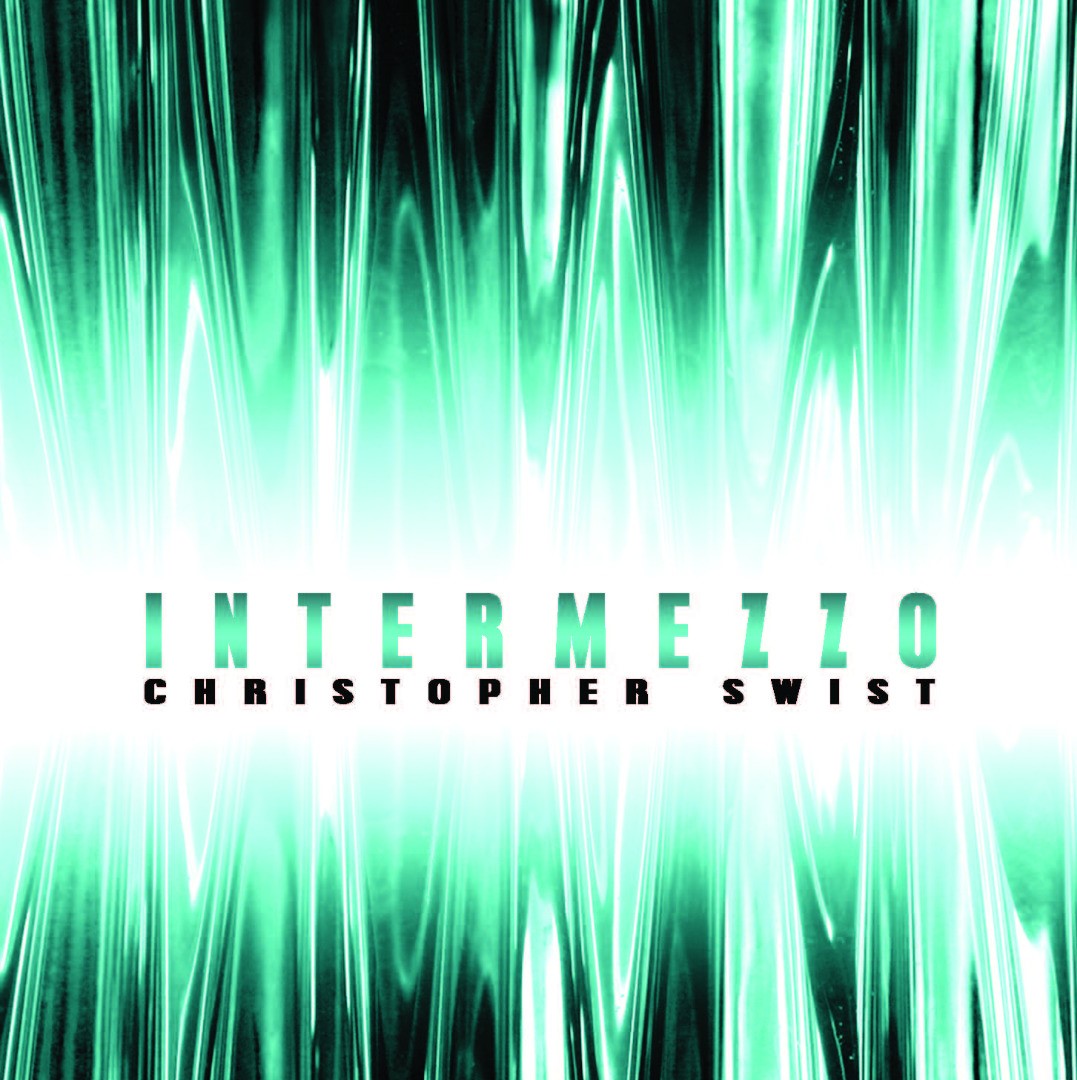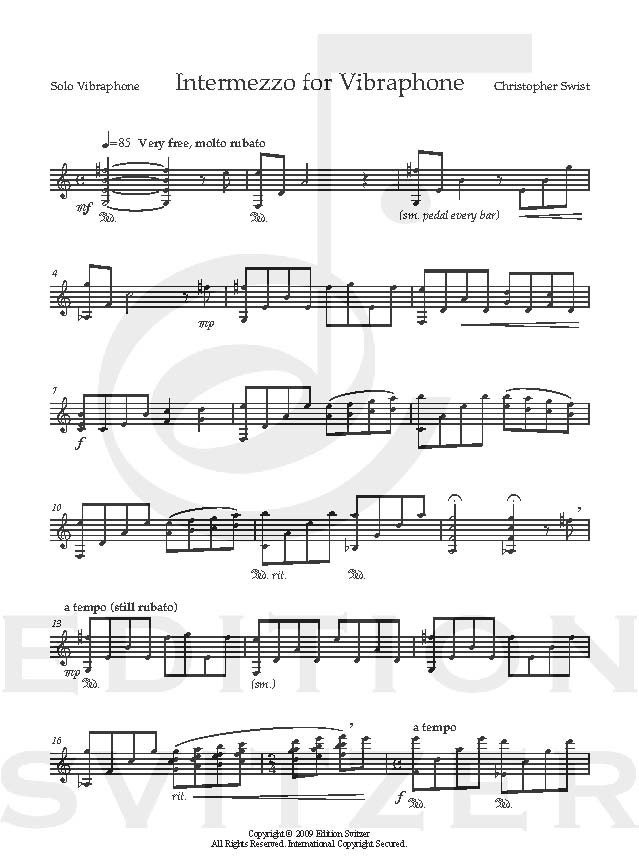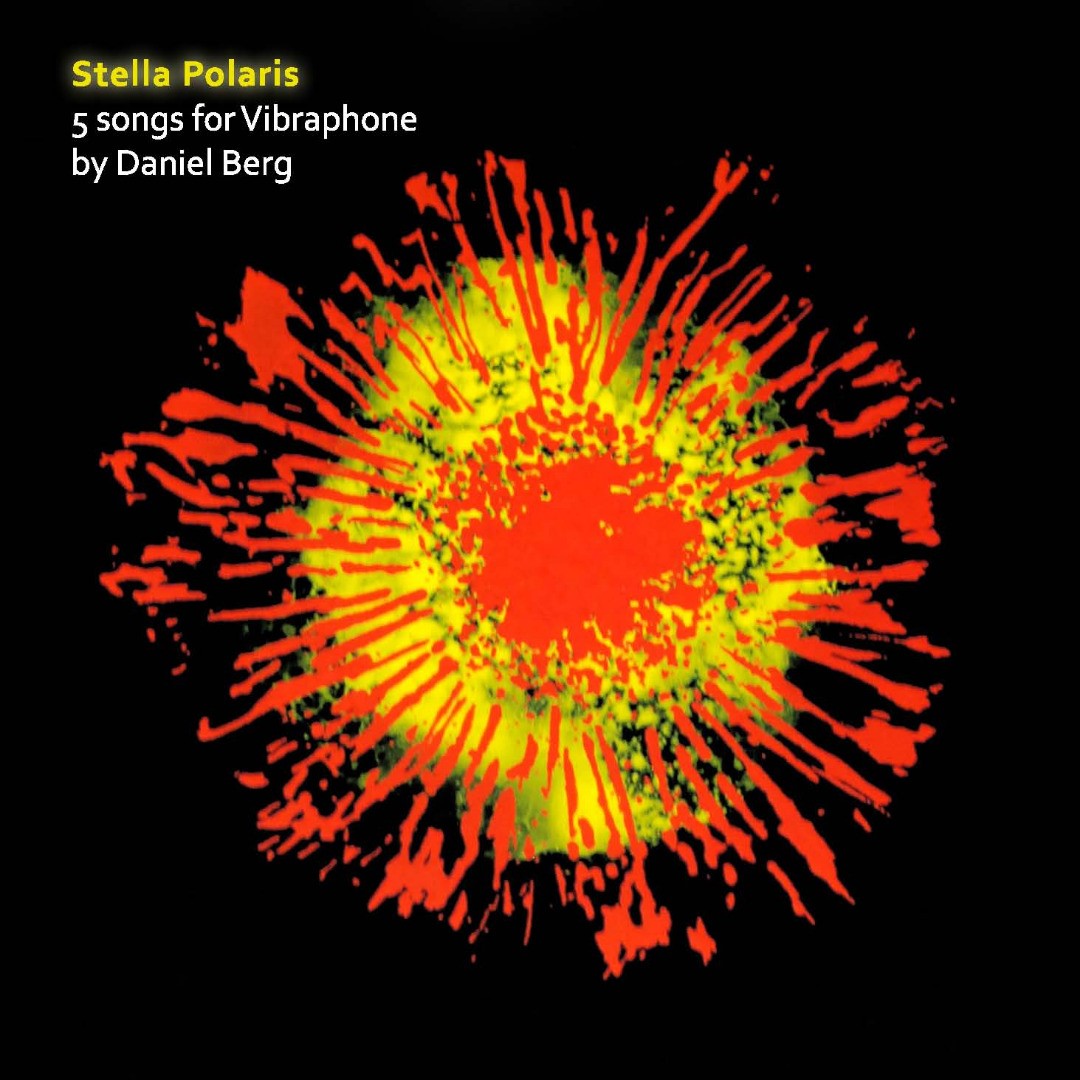
Intermezzo
Composer: Christopher Swist
Instrument: Vibraphone
Level: unknown
Published: 2009
Price: €15.00
Item details
-
Description +
-
Duration: 5 min.
An instrumental intermezzo is typically a smaller piece that will fit well in between larger works. That was always the impression this composition seemed to convey. It serves nicely as a momen-tary breath of air on a recital program.
The feel of the performance should be gentle and improvisatory, allowing the chords and gestures to speak naturally. As with some of my works, the performer is welcome to develop the harmony and form through improvisation once the score is well under hand.
This piece was written in 1998 and premiered by the composer in Connecticut on April 25, 1999.
-
-
Instrumentation +
-
Vibraphone
-
-
Watch+
-
Performance by Christopher Swist
-
-
About the composer +
-
In 1999, The Instrumentalist stated that Christopher Swist’s published marimba work “should become a part of contemporary four-mallet marimba repertoire.” Since then his compositions have been published and performed across the United States and Canada as well as in Europe, South America, China, and Australia. His first solo CD Whitewater, funded by the Yvar Mikhashoff Trust for New Music, was released to critical acclaim in 2001. Percussive Notes found the recording to have “musicality, interest, and excellent sound.” His Percussion Quartets No 1 and No 2 were featured on the 2008 Festival Internacional de Inverno de Campos do Jordão in Brazil. In 2012, The Bard Conservatory Orchestra premiered Swist’s orchestra piece Abaprima. TMI Arts Page reviewed the premier as having “joyous sound” and “a natural for the orchestra.” Abaprima was also performed in 2013 by The Louisville Orchestra.
In October 2013, his second solo CD, Duality, was released and contains 77-minutes of acoustic and electronic music. Like Whitewater, Duality has also gathered positive reviews on both Swist’s compositional technique and performance style. American Record Guide commented, “The stick work is good, with tight rolls, evenly gradual dynamic increases and decreases, and sharp accents on the ascending and descending motives.” Percussive Notes wrote of Swist’s “compositional range” and noted “Swist shows extreme aptitude and ease in performing all the keyboard instruments.” Percussive Notes also found the “recording quality is excellent” on Duality. Christopher learned recording engineering and sound design from his late father Larry Swist, an internationally acclaimed studio designer, recording engineer, and producer.
Professor Swist is Artist in Residence at Keene State College where he has taught music technology, percussion, composition, and music theory since 2003. He is also on faculty at Franklin Pierce University and has taught at Bennington College, The Hartt School, and Holyoke Community College. He was recently a clinician, soloist, and conductor in Peru for the Ministry of Culture and National Symphony in Lima. Swist was educated at SUNY-Buffalo and The Hartt School, holding two M.M. degrees in both performance and composition. His percussion teachers were Jan Williams, Tony Miranda, John Rowland, Ben Toth, Al Lepak, Glen Velez, Johnny Almendra, and Luiz D’Anunciação. His composition teachers were Jeffrey Stadelman, Stephen Gryc, Robert Carl, Ken Steen, and Ingram Marshall. Christopher is an active symphonic percussionist as well as a contemporary music advocate and often performs with the Hartford Symphony Orchestra.
Christopher Swist is the president for the New Hampshire / Maine Chapter of the Percussive Arts Society. He is also the treasurer and a charter member of the Kappa Pi Chapter of Pi Kappa Lambda (national music honor society).
Christopher Swist is an artist for Sabian Cymbal Makers and Vater Percussion.
-
-
Reviews +
-
Review (Percussive Notes, March (58) 2012)
Standing in contrast to many grooveoriented or atonal mallet solos, this aptly titled work will serve as a nice breather for audience members. Throughout the five-minute piece, Christopher Swist creates a musical atmosphere reminiscent of piano works by Satie or Debussy as notes are carefully chosen to exploit the sonic characteristics of the instrument. Additionally, appropriate pedalingserves to highlight the composer’s clever usage of melodic sequencing and intriguing chord patterns.Labeled at no faster than quarter = 86, the music alternates between sections of rubato and a tempo without feeling disjunct. Melodic gestures seamlessly shift between major chords, minor chords, and seventh chords with ease and intelligence. In the hands of a vibraphonist with a mature (or developing) sense of musicality and pacing, this solo will serve as a welcome addition to any master class, recital, or concert.
—Joshua D. Smith
-
-
Credits +
-
Front cover graphics and layout: Ronni Kot Wenzell
Photo: Christopher Swist
Printed in Copenhagen, Denmark
Copyright © Edition Svitzer
www.editionsvitzer.com
-



